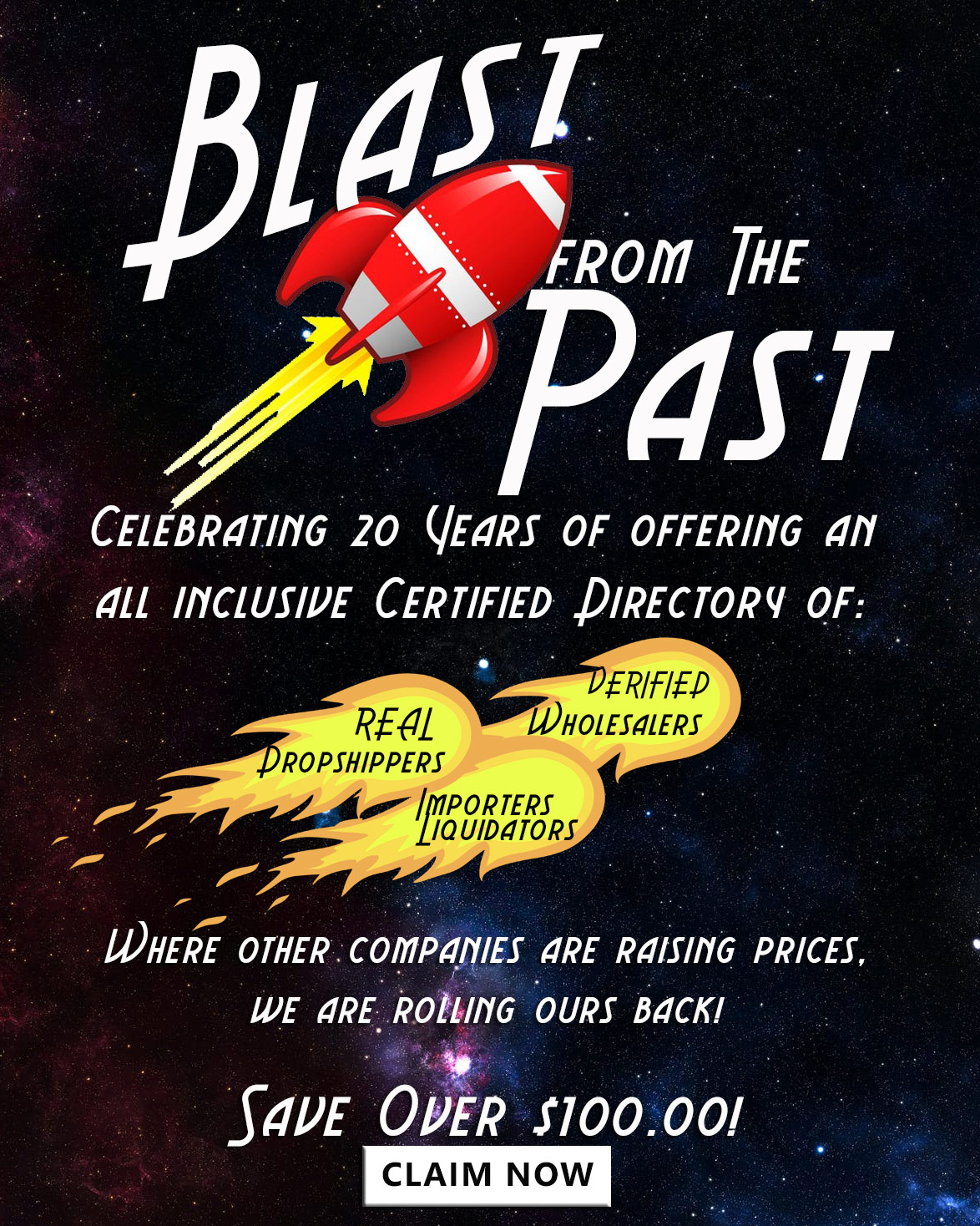
The Price is Right! - How To Arrive at the Best Price for Your Products
by Chris Malta
Last updated 8/22/2018
Avoiding Common Mistakes
A trap many online business owners fall into is trying to set their prices by simply adding a percentage or flat amount to an item's cost - they buy a watch for $20, slap another $20 on the price tag, and pass it along to their customers. The problem with this type of pricing is that your costs aren't fixed. For example, your per-item costs for buying and reselling 100 blow-dryers will differ substantially from your per-item costs for buying and reselling 10,000 of the exact same blow-dryer.
Another problem with this kind of pricing is that your customers may be willing to pay more. Say you added $20 to the cost of your watch and it sold well. But it may have sold just as well if you added $40 and your profits would have greatly increased.
7-Step Pricing Strategy
A 7-step approach to pricing your products:
A trap many online business owners fall into is trying to set their prices by simply adding a percentage or flat amount to an item's cost - they buy a watch for $20, slap another $20 on the price tag, and pass it along to their customers. The problem with this type of pricing is that your costs aren't fixed. For example, your per-item costs for buying and reselling 100 blow-dryers will differ substantially from your per-item costs for buying and reselling 10,000 of the exact same blow-dryer.
Another problem with this kind of pricing is that your customers may be willing to pay more. Say you added $20 to the cost of your watch and it sold well. But it may have sold just as well if you added $40 and your profits would have greatly increased.
7-Step Pricing Strategy
A 7-step approach to pricing your products:
- 1. Look at your competitors' prices and get a range. Your consumer has in their mind some idea of what's the right price to pay for your product and if your prices are going to be dramatically different, higher or lower, you're going to have problems.
2. Objectively compare your product to your competitors'. Compare features that a consumer would notice and value. Determine if your product is better than similar products, or is it lesser? Don't be emotional when comparing - it's not better just because it's yours. If you can't clearly specify what makes it better, then it's not better.
3. Decide how you want your product to be perceived in comparison with your competitors. Are you the "quality" brand? The "low-cost cheap" brand? The "value-added" brand? Your website should reflect your conclusion. Your customers won't pay top prices for an item from a shoddy-looking website. But if you're going to be the budget brand, you don't want a tricked-out, fancy website - just something simple and unelaborate.
4. Calculate your costs. What's the cost of goods if you buy this many vs. this many? What's the cost of shipping? Factor in the variables - any costs you forget come directly out of your profit margin.
5. Determine the quantity you need to sell to make a profit by looking at the price range you can charge and the costs of selling your products.
6. Take a reality check: Ask yourself, "Given what the market is willing to pay and what I think I can sell, can I make a profit?" If not, you did your research, thought it out, and saved yourself a lot of wasted time and money - move on. Look at something else.
7. Run tests to see at which price your product sells best. You would accomplish this with A/B testing by having different prices on each split test. Even simply changing the format of your price can make an impact. For example, studies show that a price of $199.00 looks higher to the average consumer than displaying it as $199.
At this point, you should have reached an acceptable range of prices. There's one more rule of thumb sellers should always keep in mind: If people accept your price immediately - you should charge more.




